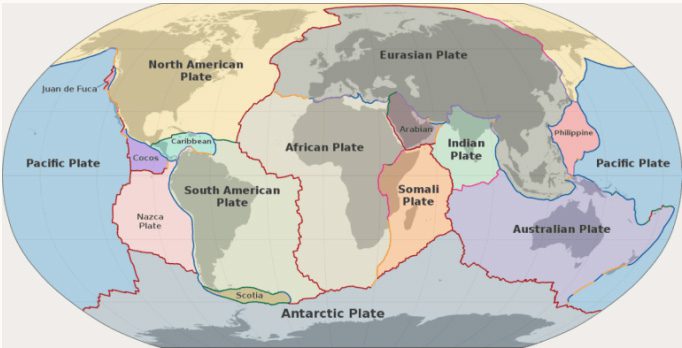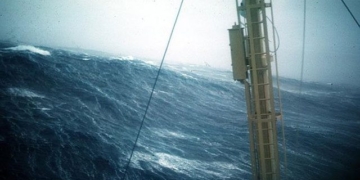The movement of the African tectonic plate and the Eurasian tectonic plate is the primary factor behind the earthquake disaster on September 8, which resulted in thousands of fatalities.
Soldiers and civilians search for survivors in the rubble in Taroudant province on September 9. (Video: AFP)
An earthquake struck with its epicenter in the High Atlas mountain range in Morocco at 11 PM on September 8 (5 AM September 9 in Hanoi), shaking many cities, destroying numerous homes, and forcing people to flee to the streets for safety. According to the United States Geological Survey (USGS), the disaster registered a magnitude of 6.8 and is the strongest earthquake to hit this North African country in the past century.
Morocco’s Ministry of the Interior reported on the night of September 9 that the disaster has claimed at least 2,012 lives, primarily in the epicentral province of Al-Haouz and in Taroudant province. More than 2,000 people were injured, with 1,404 in critical condition.
The USGS determined that the earthquake’s epicenter was located at a depth of 18.5 km, which is relatively shallow. The epicenter occurred in the remote Ighil region, about 72 km from Marrakech, a city with a population of 840,000. Tremors were felt in the capital, Rabat, which is 350 km north of the High Atlas range.
Experts indicate that shallow earthquakes like this typically cause greater damage because they carry more energy as they reach the surface. In deeper earthquakes, seismic waves must travel a longer distance before reaching the surface, thereby losing more energy to the surrounding environment. However, with shallow earthquakes, the seismic waves can carry more energy to the surface, causing significant destruction.
According to the USGS, earthquakes are uncommon in North Africa. This means that Morocco was not adequately prepared to respond to such a disaster. Most structures in the country, particularly in rural areas and old cities, were not built to withstand strong seismic activity. “In places where destructive earthquakes are rare, buildings are not constructed robustly enough. Many buildings collapsed, resulting in high casualties,” stated Bill McGuire, an honorary professor at University College London.

Map of the major tectonic plates on Earth. The Morocco earthquake occurred near the junction of the African Plate and the Eurasian Plate. (Photo: Wikimedia Commons).
Although rare, earthquakes have occurred in the region before. According to the USGS, significant destructive earthquakes have been recorded in Morocco, a country located on the western Mediterranean. Such earthquakes occur due to the movement of the African and Eurasian tectonic plates. These two tectonic plates are converging at a rate of about 4.9 mm per year. Regarding the earthquake on September 8, the USGS attributed it to a reverse thrust fault at a shallow depth in the High Atlas mountains of Morocco.
A fault is a fracture or zone of fractures between two blocks of rock. Faults allow blocks of rock to move relative to each other and can trigger an earthquake if the movement occurs suddenly. During an earthquake, the rock on one side of the fault abruptly slips past the rock on the other side.
Scientists classify faults based on the angle of the fault plane relative to the surface (called dip) and the direction of slip along the fault. Faults that slip along the direction of the dip plane are called dip-slip faults, while faults that slip horizontally are known as strike-slip faults.
Oblique-slip faults exhibit characteristics of both dip-slip and strike-slip faults. The term “reverse” refers to the situation where the block above, located on the upper side of the fault plane, moves upward and over the block below. This type of fault is commonly found in compressional areas where one tectonic plate converges with another.
In addition to the convergence of the African and Eurasian tectonic plates, other factors may contribute to the occurrence of earthquakes, including the type of rock. The rock in the area affected by the earthquake on September 8 was noted to be weak and prone to fracturing, making it more susceptible to the effects of the earthquake.



















































